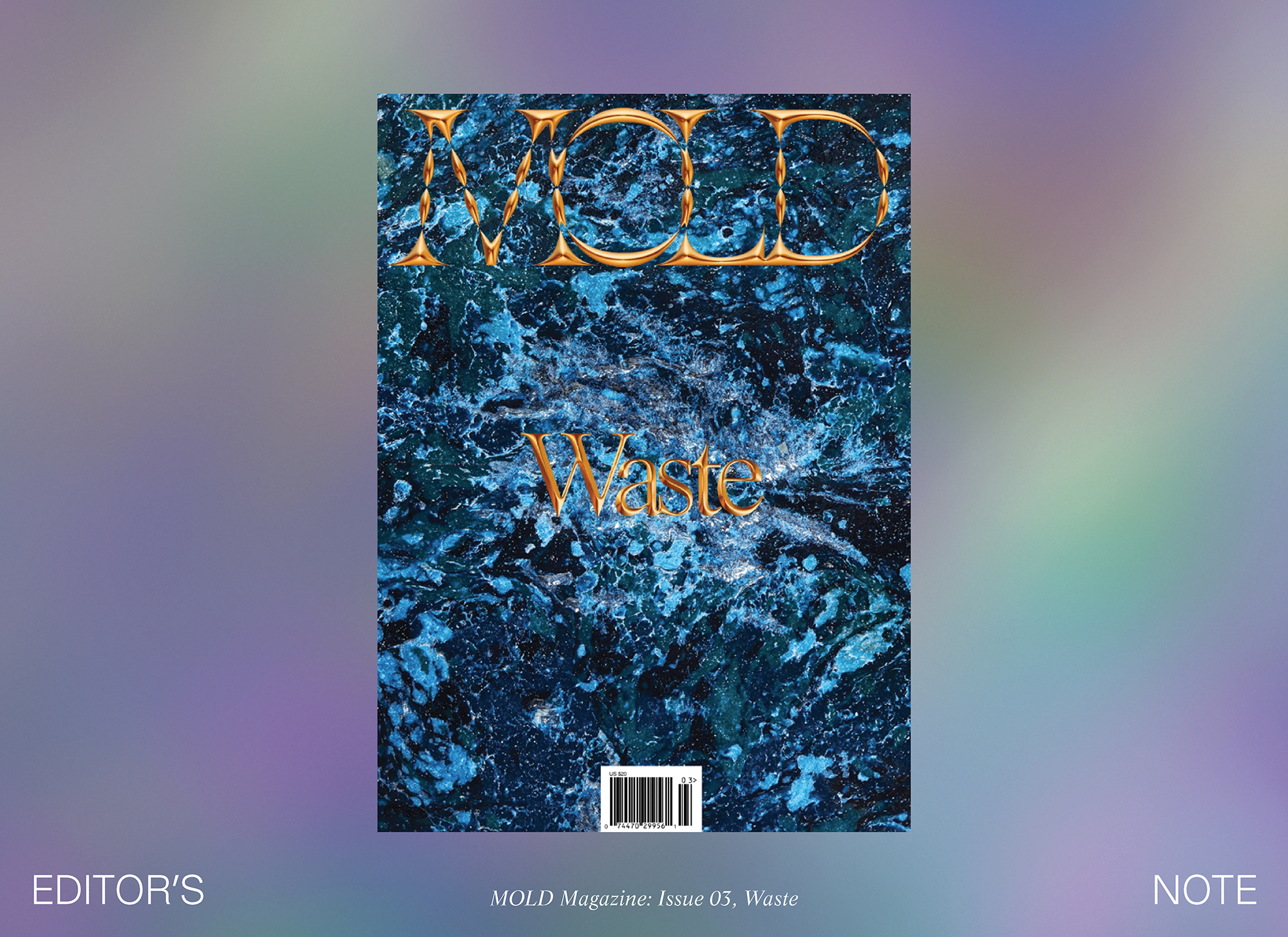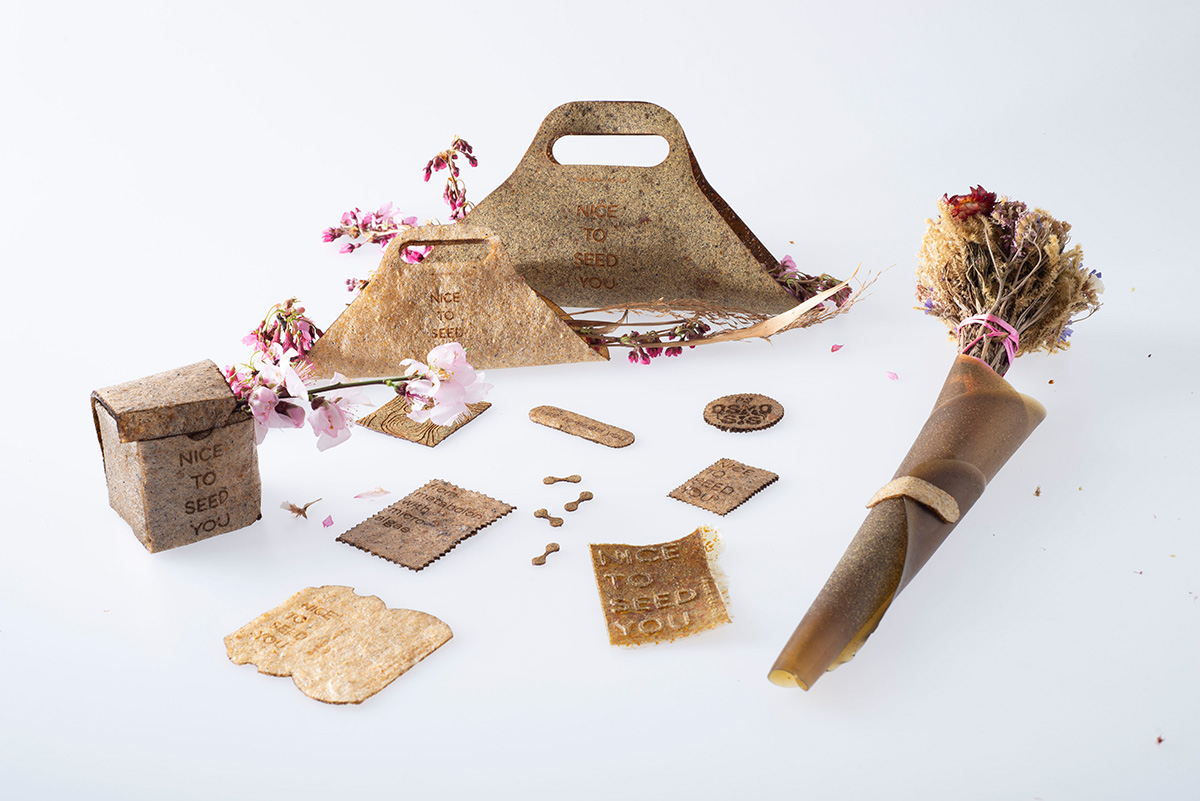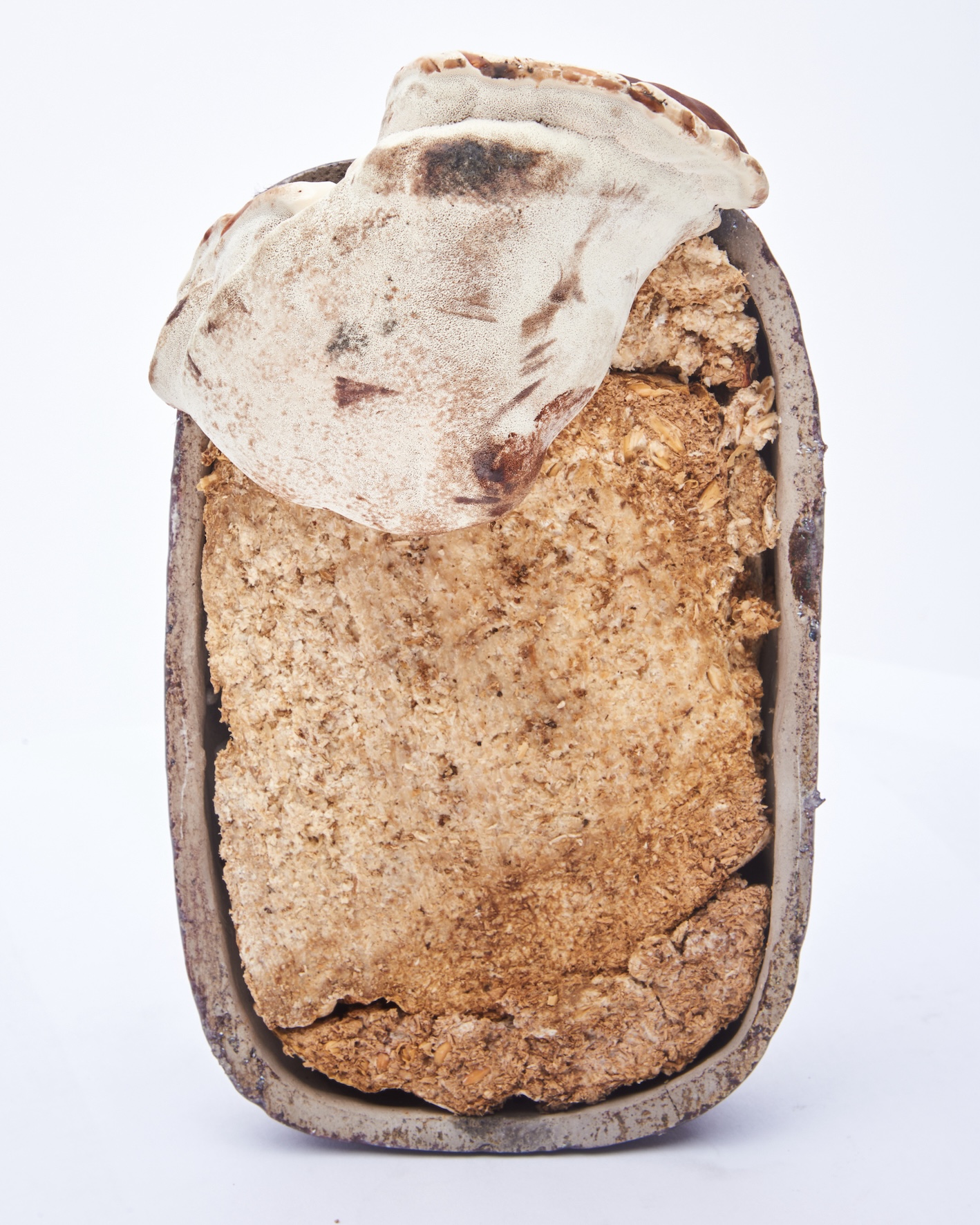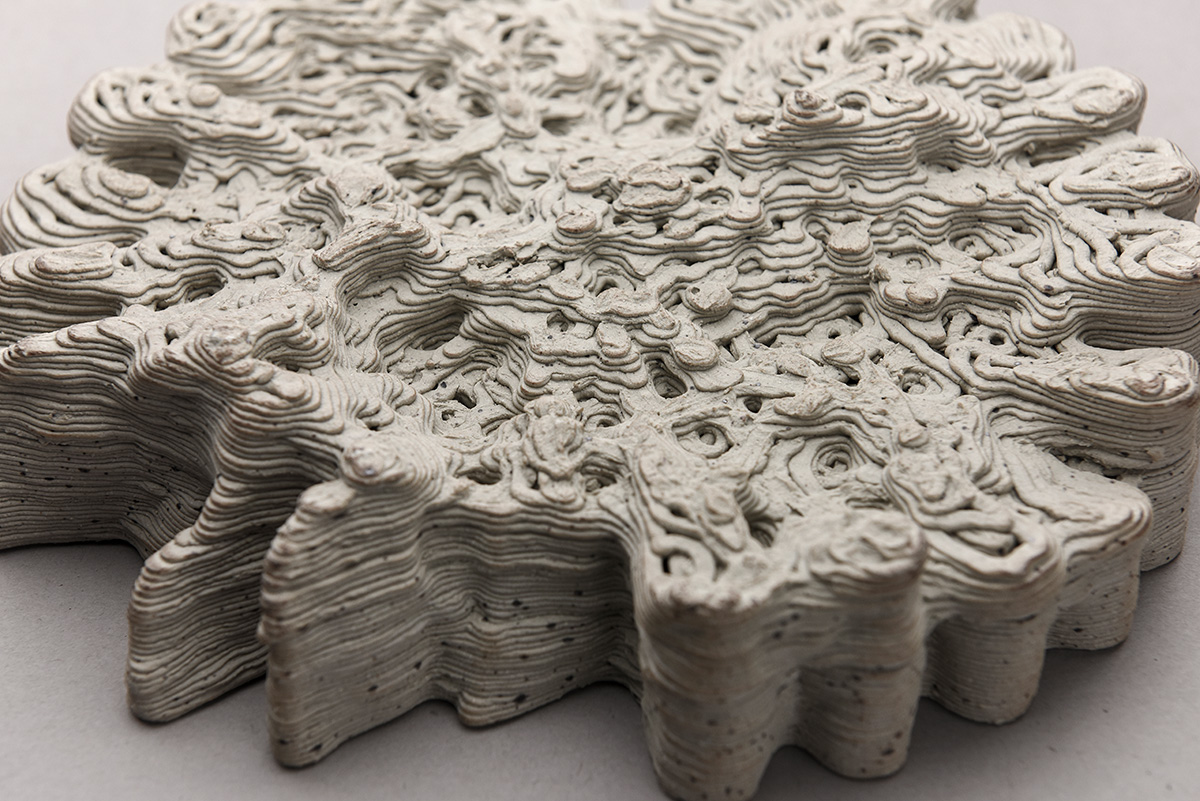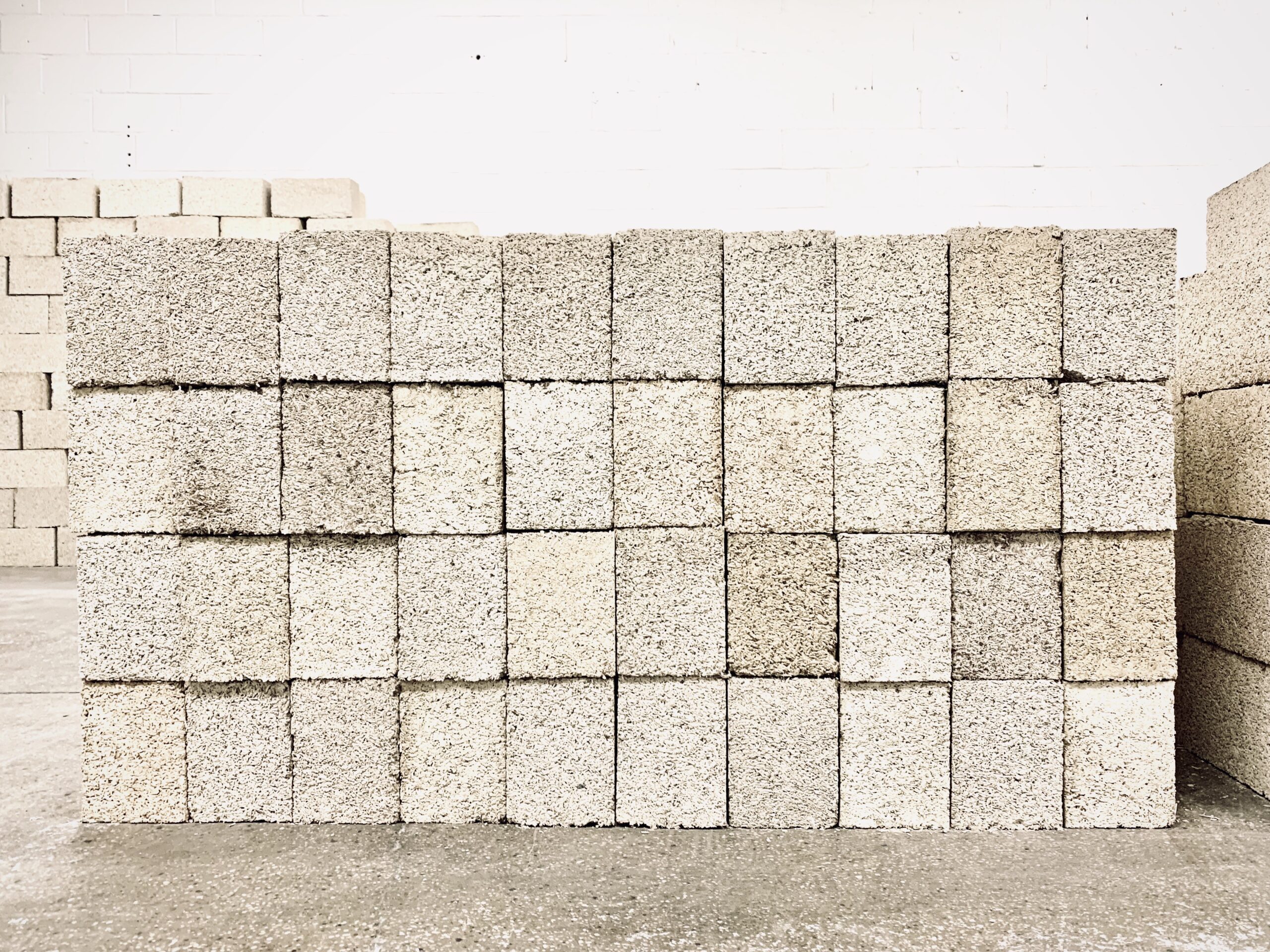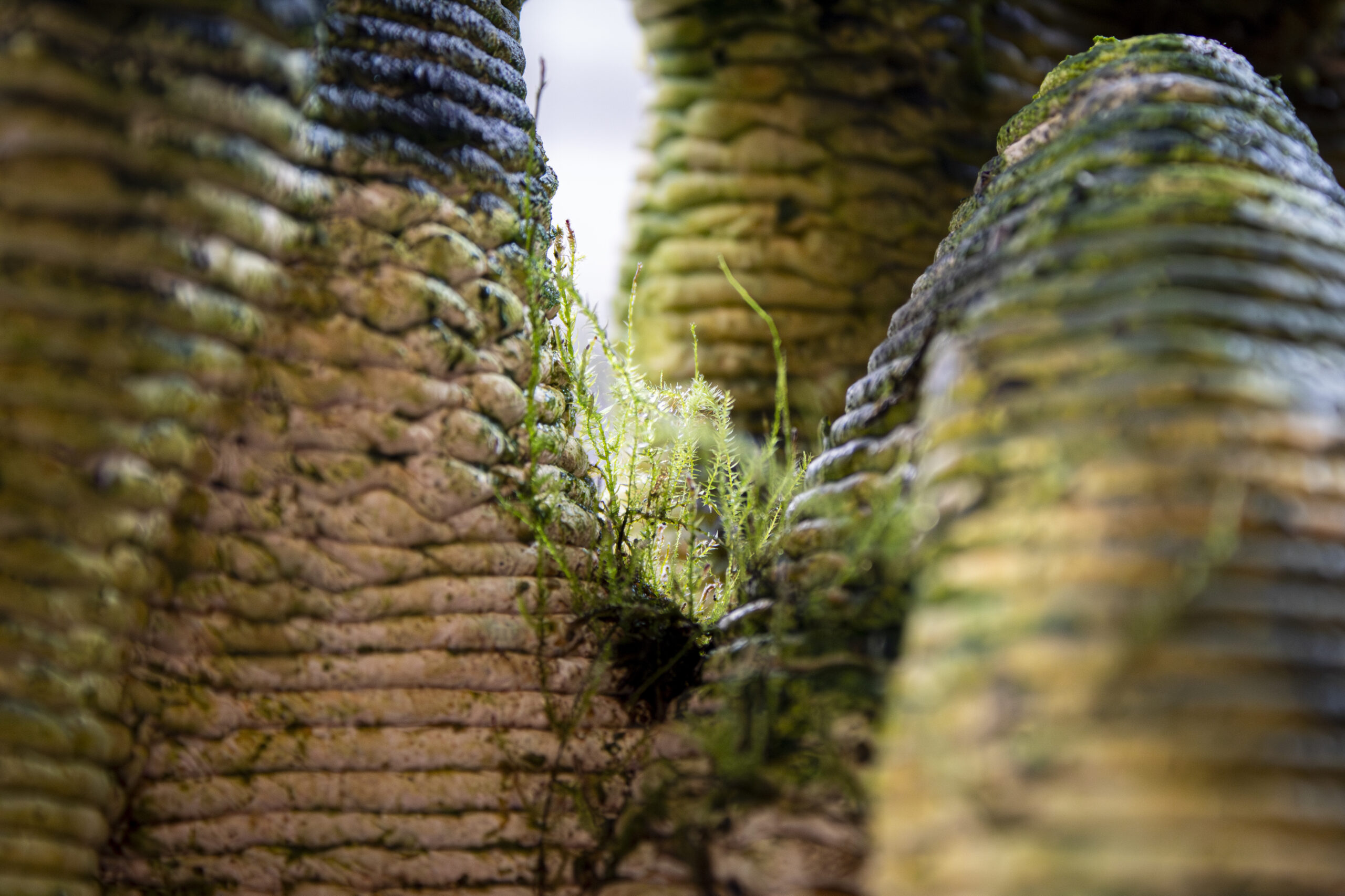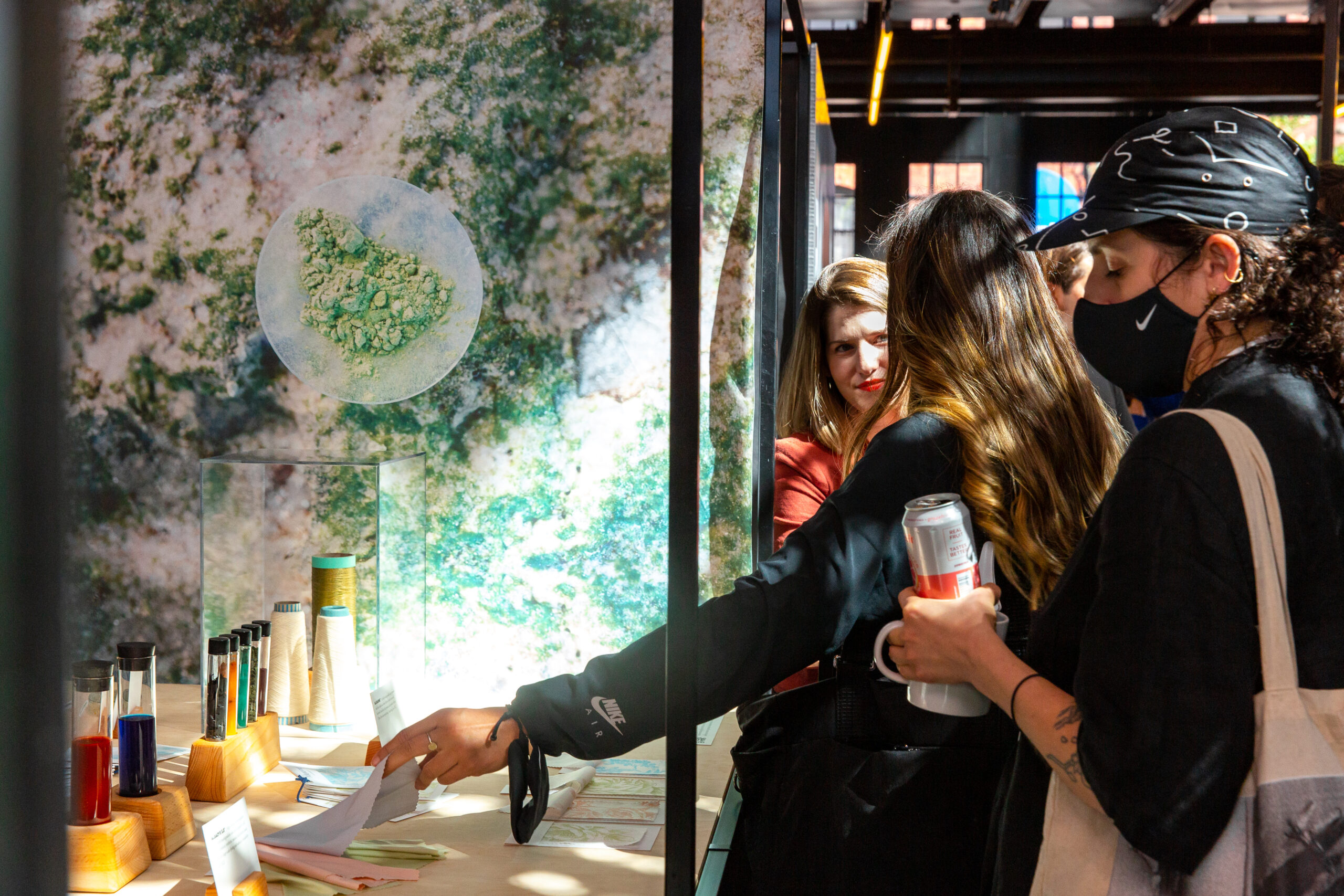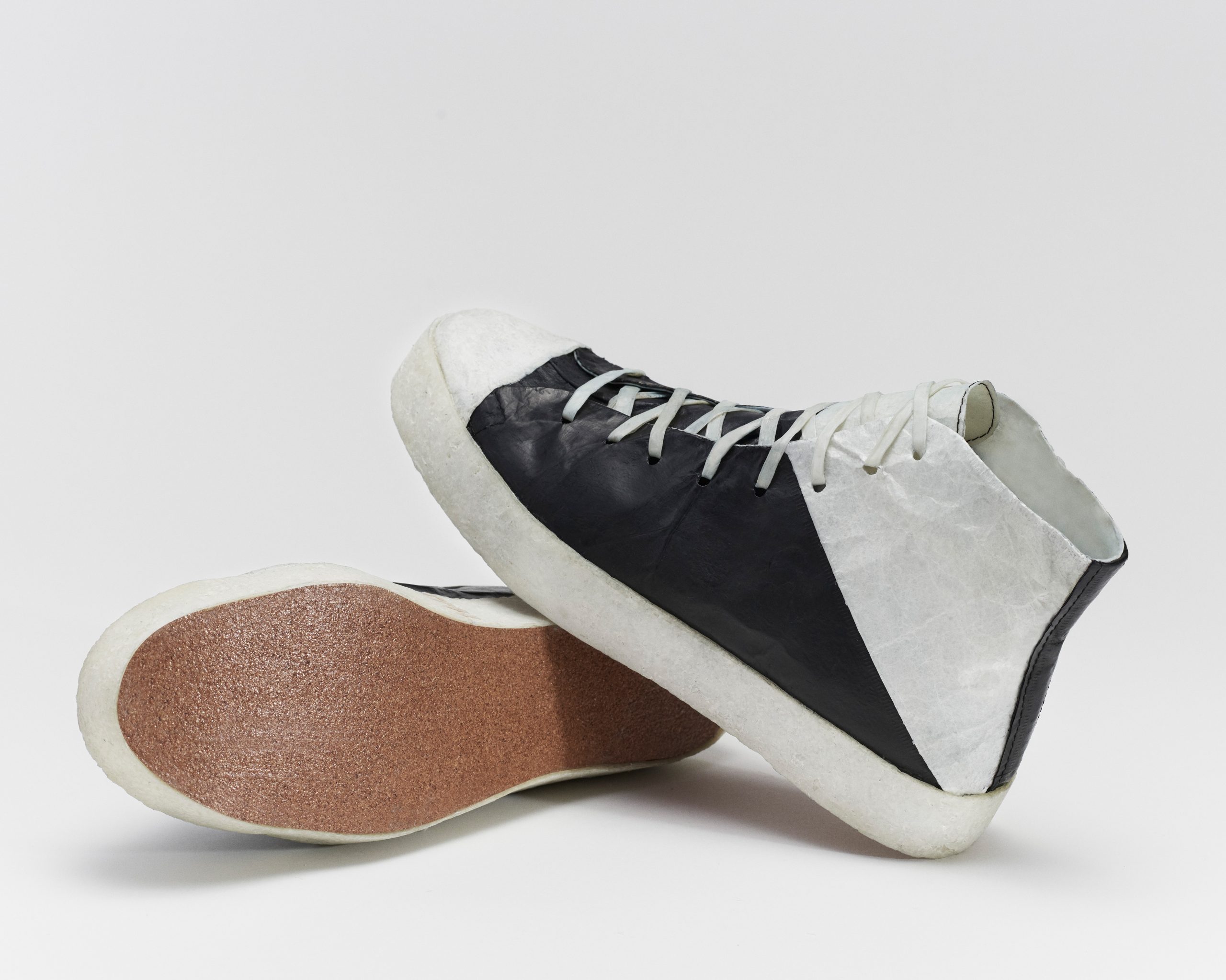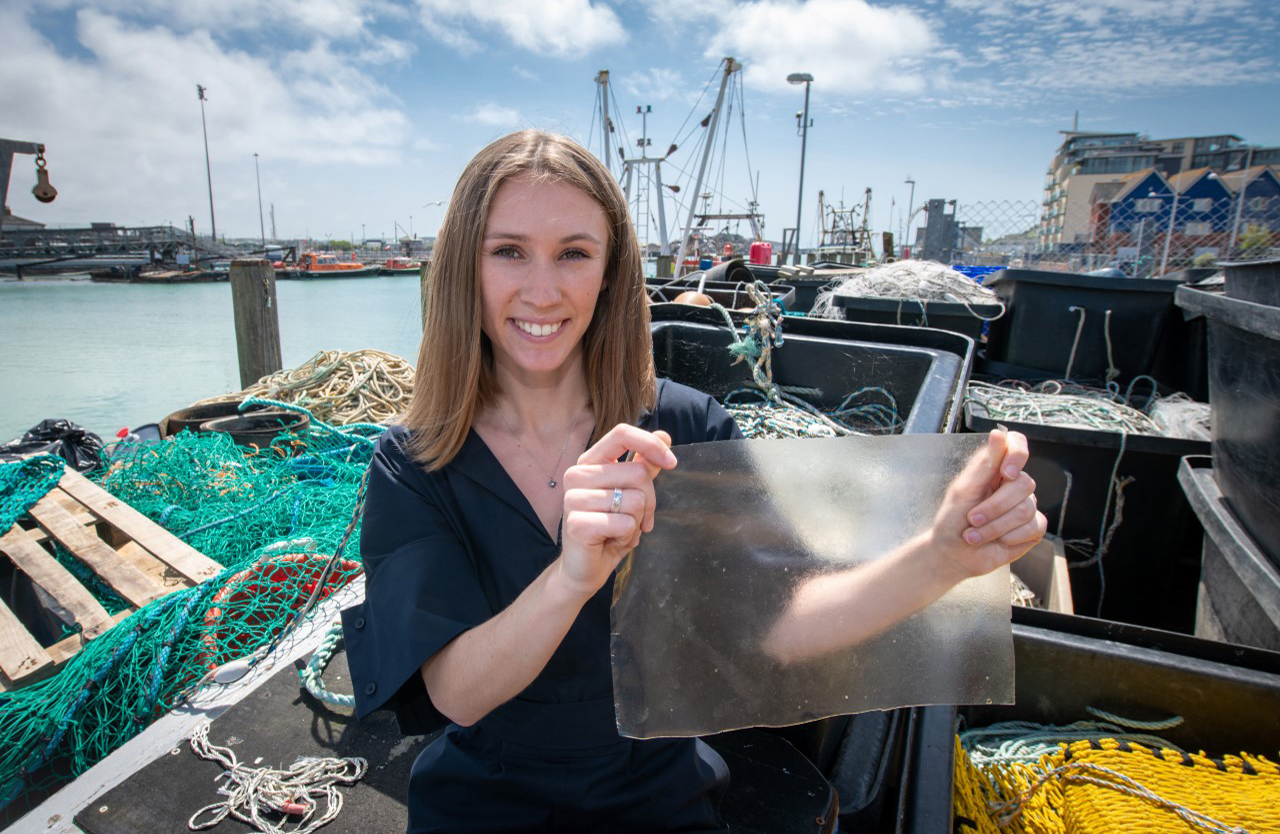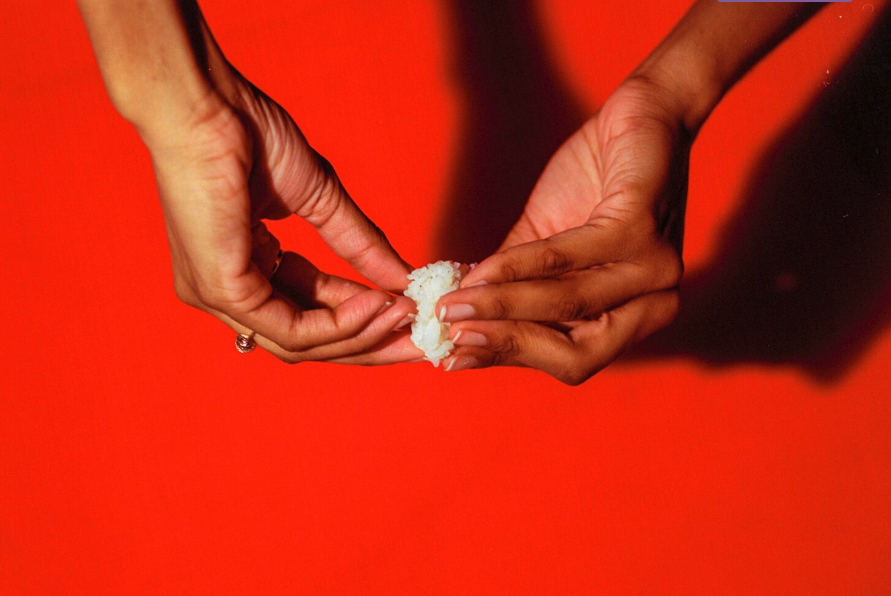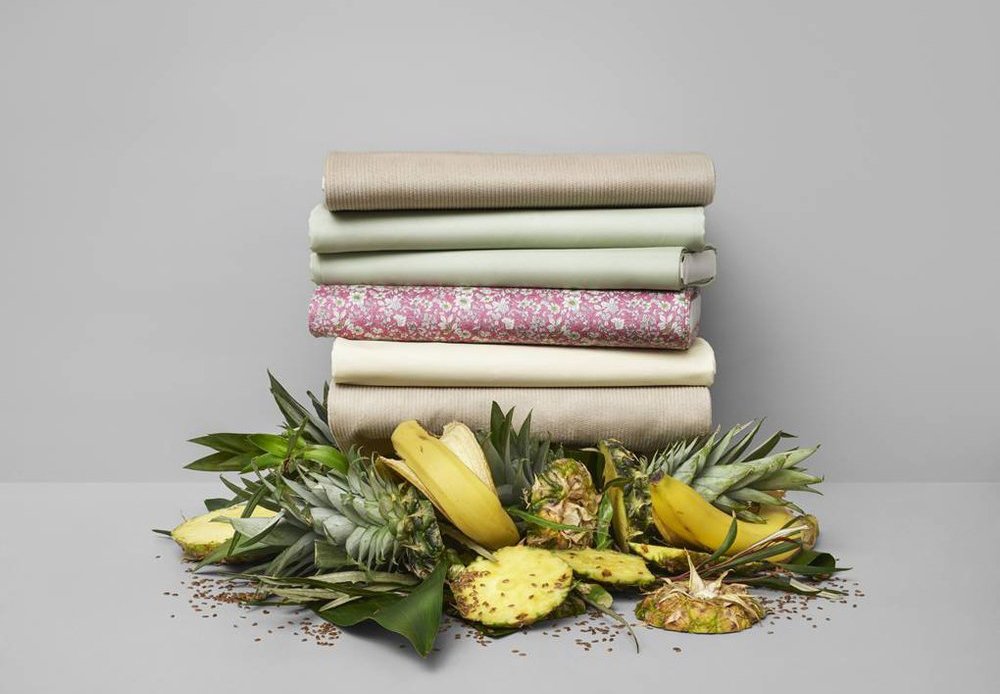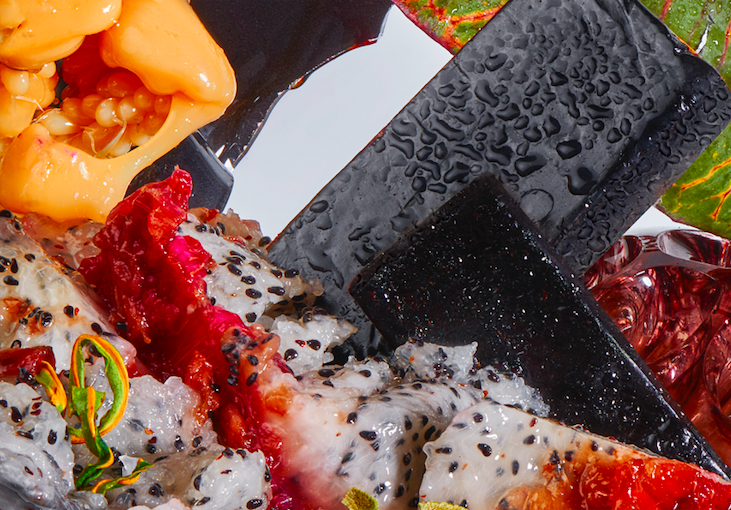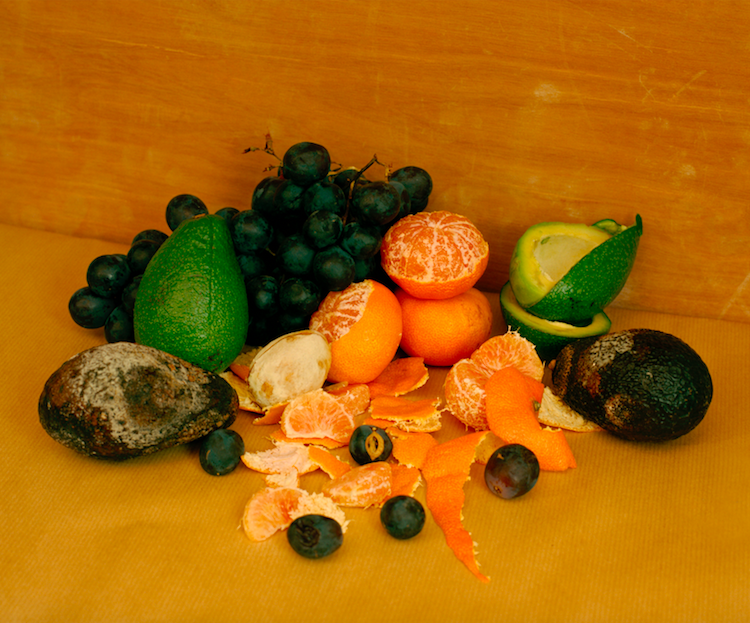Pre-order your copy of Waste, MOLD Magazine Issue 3, today. Expected ship date August 27.
Before you throw out those leftovers, imagine the contents of that to-go container powering the heat in your home. In places like Copenhagen, waste-to-energy plants are already performing this sort of alchemy, but a true transformation could be catalyzed by designing a more intimate relationship with waste. It’s this moment of magical thinking that is propelling chefs, designers, urban planners, scientists and engineers to consider the myriad ways that food waste could be mined for resources.
The numbers from the UN Food and Agriculture Organization are daunting: one third of the food we produce (about 1.3 billion tons) is wasted every year. In places like Europe and North America, this represents a mass equivalent to two grown adults (about 240 pounds) per person per year getting binned. While the financial cost is great—in industrialized countries a cool $680 billion–the greater tragedy is that we could feed all of the world’s 815 million chronically hungry people by saving just one quarter of global food waste.
 Illustration by Timothy Luke for “Closing the Loop,” MOLD Magazine Issue 3
Illustration by Timothy Luke for “Closing the Loop,” MOLD Magazine Issue 3
Examples of how and where food waste occurs are numerous; it is a persistent weed in our food system. Its roots are plentiful: issues with logistics, traditions and habits, climate change, lack of knowledge and failures of imagination all help render inedible the edible. Not only does food waste represent lost nutrition and calories, but it hijacks invaluable resources—water, labor, fossil fuels—that have gone into producing, distributing and storing it. With a ballooning global population of 9 billion people expected by 2050, managing food waste stands as one of the most pressing challenges, and potential solutions, in trying to attain food security for all. But, as Natsai Chieza reminds us in an interview for this issue, a weed is merely a plant out of place.
Issue 3 celebrates “waste” as resource in a closed-loop, networked economy through the lenses of food preservation, material futures and dignity for the hungry. We believe that this approach will bridge current conversations around sustainability with future solutions built around resiliency. From redesigning our relationship with our tiniest microbial collaborators to how we approach building the cities of the future, food waste plays a key role. Dr. Suzanne Pierre takes a magnifying glass to composting and the environmental promises of returning carbon to the soil, while noma chef David Zilber argues for an interdisciplinary approach beyond fermentation. Anthropologist Paula Petkova argues that architects must translate waste reduction practices into the built environment. And what better to build than with food waste? Marta Giralt from Central Saint Martins’ Material Futures program argues for treating food waste as a material to be mined and harvested, artist/designers Natsai Audrey Chieza and Mike Thompson explain how to build a fatberg, and we profile companies transforming landfill fodder into scalable solutions for making biofuel and reducing postharvest spoilage.
 Illustration by Cynthia Alfonso for “Designing Soil,” MOLD Magazine Issue 3
Illustration by Cynthia Alfonso for “Designing Soil,” MOLD Magazine Issue 3
With food insecurity increasing, the call to feed the hungry is as biblical in its urgency and scale as it is in its history. Chef Massimo Bottura is pioneering a new approach of dignity in dining—by translating 20 years experience of running fine dining mecca Osteria Francescana into creating inclusive cultural spaces to feed the hungry. Thinking about the food system as part of a broader commons, Nicola Twilley reports on the trials and potential tragedy of the burgeoning community fridge movement (let us know if you start or participate in a community fridge!), while Johnny’s recent move to a houseboat inspired the MOLD co-editor to question our food storage stalwart, the refrigerator, and its efficacy.
The thorny problem of reducing food “waste” is one that seems uniquely built for designers to tackle—it surfaces complexities around culture, materials, usage, functionality, desire and disgust. It also poses one of our greatest opportunities for unlocking the potential of resources currently relegated to the bin, freeing us up to return value to our food system, build more resilient cities and reduce our environmental impact.
LinYee + Johnny
Pre-order your copy of Waste, MOLD Magazine Issue 3, today. Expected ship date August 27.
